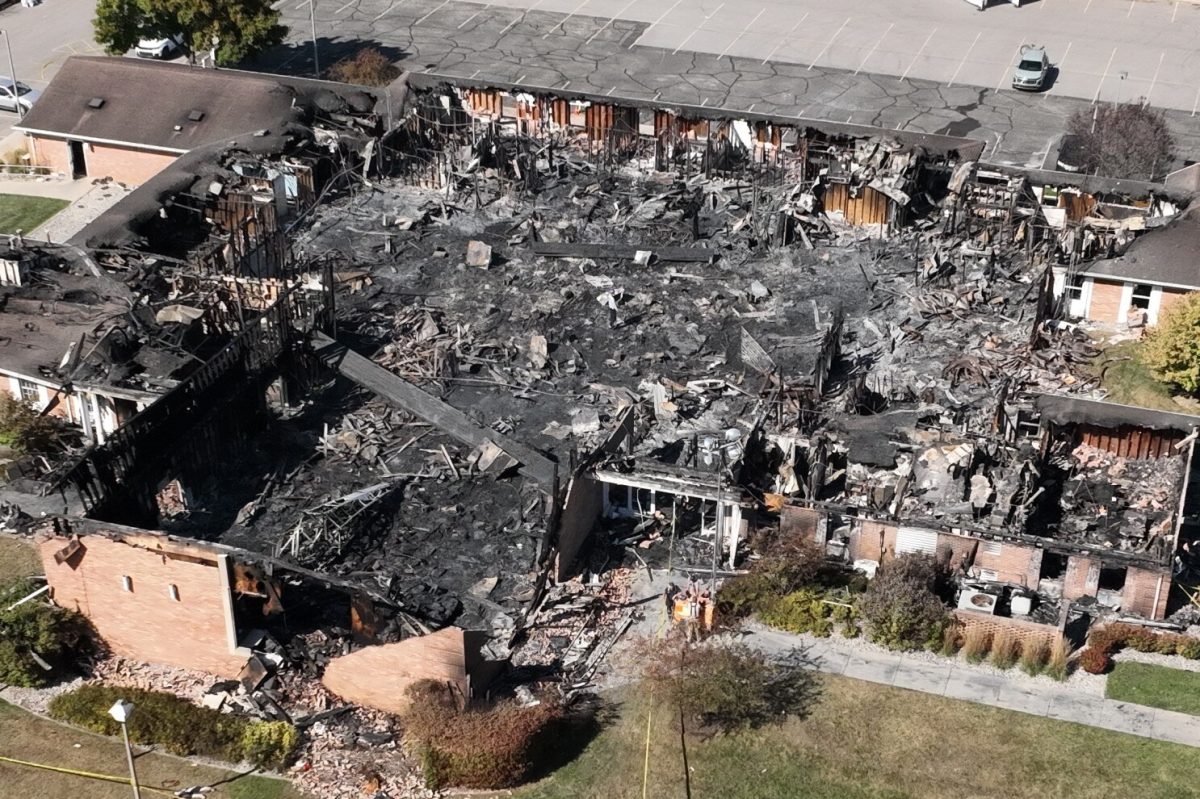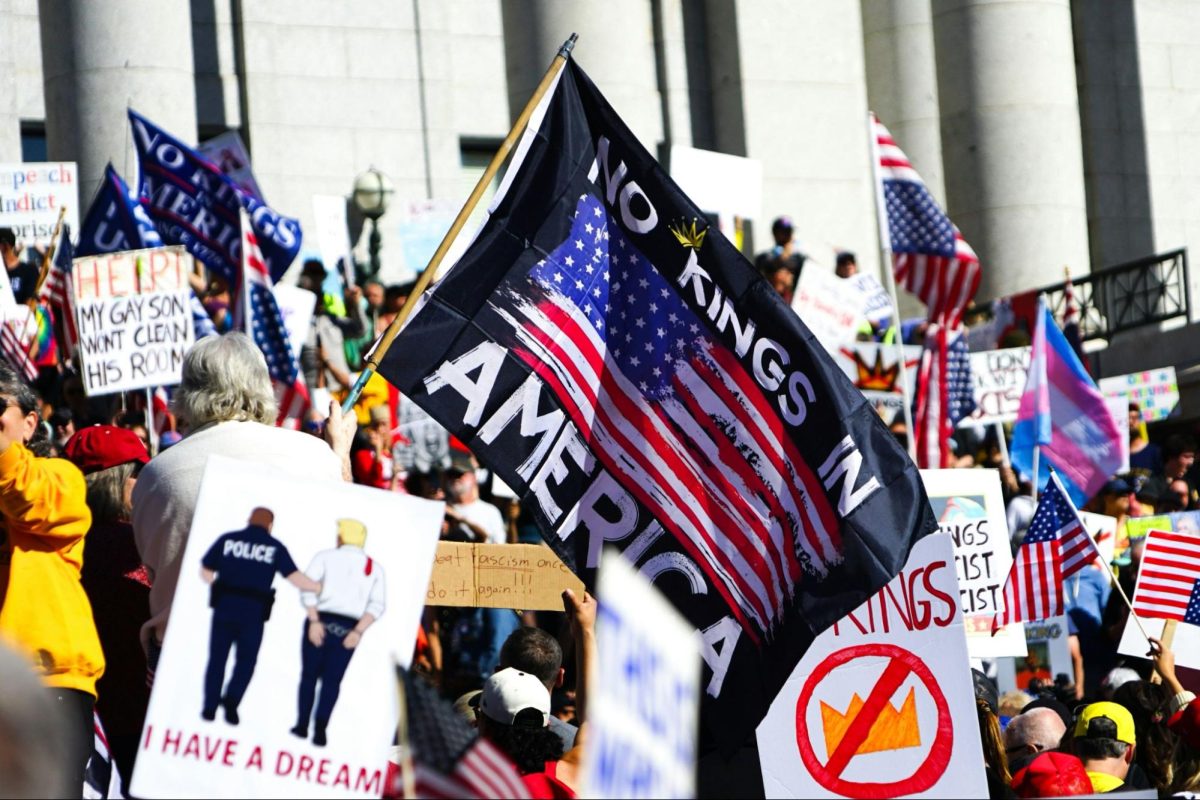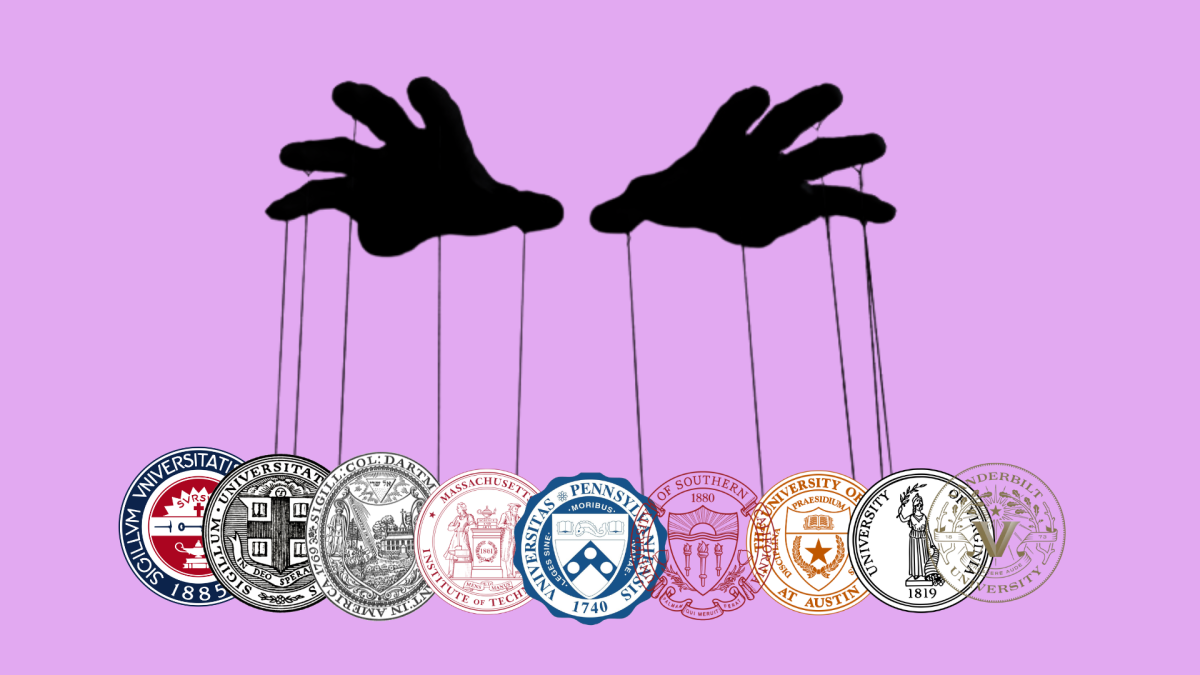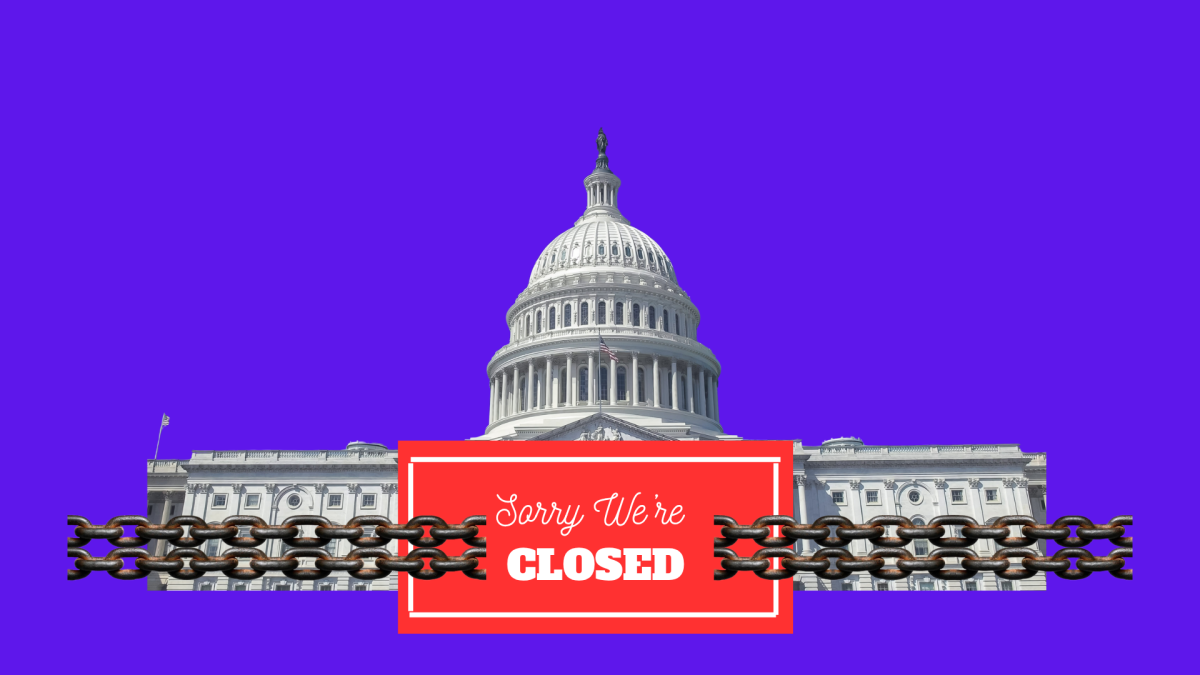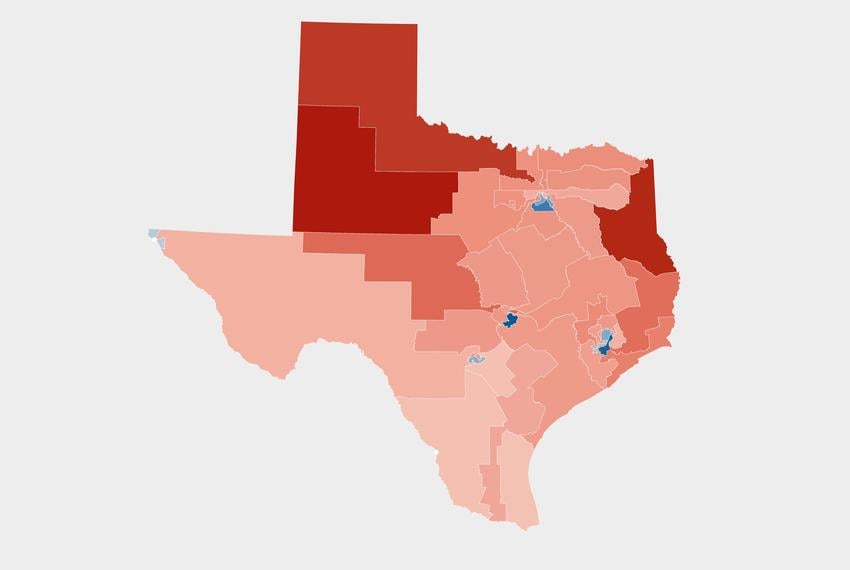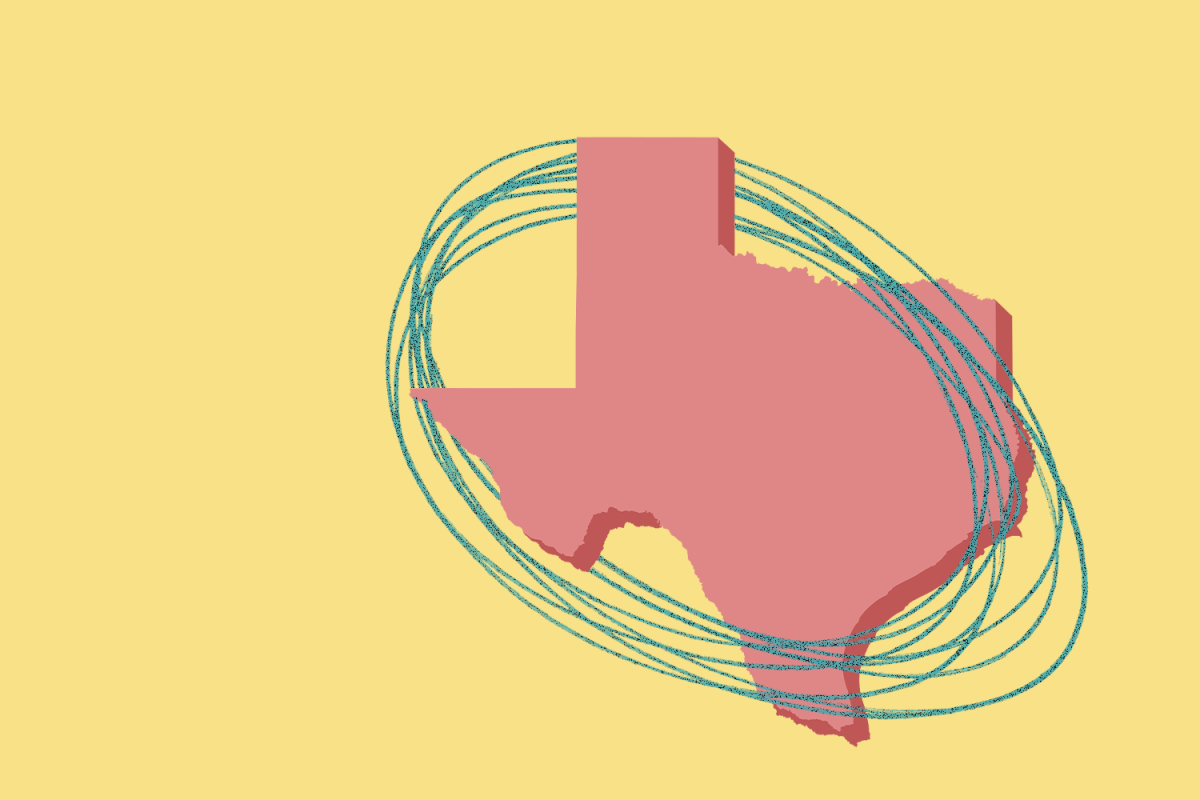Over the past decade, the spike in gun violence and mass shootings has also mirrored a rise in hate-based extremism, specifically targeted towards churches and places of worship.
On Sep. 28, the Church of Jesus Christ of Latter-day Saints in Grand Blanc, Michigan was subject to an attack in which a man rammed his truck into the church, setting the building on fire before opening fire, killing four and injuring eight others. The previous week, a catholic school in Minneapolis was targeted as two were killed and 17 were injured, 14 of whom were children.
Internationally, on Oct. 2 in the United Kingdom, a terror attack took place in which two people were killed and three others seriously injured when a man rammed a car into a crowd and stabbed victims at a synagogue in the city of Manchester. The significance of the attack was that it took place during Yom Kipper, the holiest day in the Jewish calendar, and a day which represents atonement and repentance.
Instances of religious terrorism are becoming commonplace, as according to the Seattle Post-Intelligencer, from 2000 to 2024, there were 379 reported incidents and 487 deaths at religious congregations or community centers. Part of the reason places of worship have become targets lies in the open environment in which they represent – not only in the layout of the buildings, but also in symbolism as anyone, of any faith is able to come in and worship.
In an interview with CBS News, assistant Attorney General for Civil Rights Harmeet Dhillon hypothesized as to why these attacks are becoming more frequent. “I think it’s a form of terrorism, because attacks on churches are meant to terrorize people,” Dhillon said. “And they’re meant to deter people from going there. And so it makes everyone feel unsafe.
According to the data, violence is more likely to occur on Sundays and Saturdays, a parallel which could be drawn with when religious services occur. Motives for the attacks are driven because of the growth in targeting minorities groups and churches welcome to LGBTQ communities, says the Southern Poverty Law Center (SPLC), an organization focused on ‘civil rights issues and combating hate crimes’.
“About one in 10 of the attacks that we documented in the first six months of 2024 were also focused on ‘welcoming’ religious communities” said R.G. Cravens, an SPLC researcher.
The rise of religious-based terror attacks has a negative impact on the reputation of religious institutions as safe spaces since those looking to join the church may see instances like the one in Michigan and be fearful. On the opposite side of the spectrum, many congregants aren’t deterred in their faith. One of those congregants, Brandi Hicken, was among those who was wounded in the Michigan attack; she, her husband and 5-year-old daughter were all injured.
“This experience has only made us stronger in our faith,” she wrote. “We have experienced and witnessed miracles, we have been carried by God this week through all of you and strangers around the nation who have been so diligently praying for us and our friends and our community.”
The federal government has responded by allocating $110 million to more than 600 faith-based organizations for security and staff training. In addition, the Secretary of Homeland Security, Kristi Noem, has assigned the Homeland Security Advisory Council to form the Subcommittee for the Prevention of Targeted Violence Against Faith-Based Communities. The purpose of this subcommittee is to help the Department of Homeland Security identify where additional efforts are needed regarding funding and reducing the threat of hate-based extremism.
The importance of places of worship in providing a sense of community and helping those in times of need places additional emphasis on keeping these sacred spaces secure. Core freedoms which the nation was founded on, including the ability to freely practice religion without prosecution need to be maintained.

